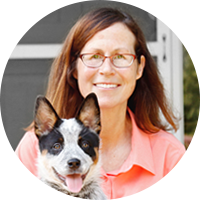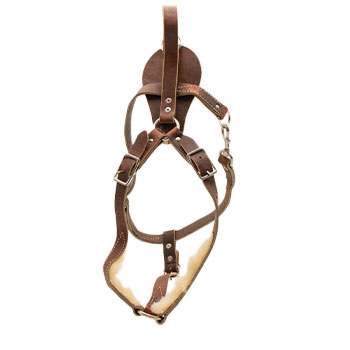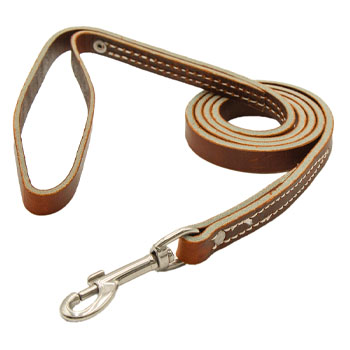May 18, 2011
Our dog showed aggression on the first session of training but when we tried the training near our house he did not seem to be very interested. Thoughts?
Full Question:
Hello Mr. FrawleyI got "First steps of Defense" awhile ago and I have begun training a new dog with your techniques. His first session was away from home, a totally new place, and lit up on the decoy right off the bat. All forward motion, deep defensive bark, very focused. I was very happy. The next session I used the same decoy, and used the same distance (about 30 yards) with the same body language and verbal threats. The difference was this time I chose a spot about 10 yards from the house, and it was 10 am. His response was lackluster. He did bark at the decoy, but showed only a little forward motion. When he did bark and the decoy backed up, he seemed to think the threat was over, and started to investigate some horse poop on the side of the road. Just not very focused. Common sense seems to say to go back to the night sessions for a while, but I wanted to get your take on it. Also, should the decoy move closer and closer over the period of a few sessions? And how do you move from the civil agitation into an actual bite? This dog already has a good foundation in prey drive. Thank you for your excellent videos and your professional advice.
-John

 Ed's Answer:
Ed's Answer:
The poop sniffing could be avoidance - without seeing it I am not sure but it sounds like it.
The bottom line is that a dog should continue to show aggression to a helper who is threatening. The issue in training is where a dog shows avoidance, not the line that a dog shows a lack of interest because he knows the helper or the place he is working. The goal is for a dog to show strength when put in these defensive situations. The long-term goal is for the dog to gain confidence and strength through multiple exposures to the helpers.
If your dog has correct bite development and the right genes it should flip into prey drive if the helper moves away from him.
One point you should keep in mind is that if you do not have an experienced helper the dog should be taken to new places for defensive training. Some dogs do not feel threatened when they are worked by inexperienced helpers in familiar locations (like you describe here).
The bottom line is that a dog should continue to show aggression to a helper who is threatening. The issue in training is where a dog shows avoidance, not the line that a dog shows a lack of interest because he knows the helper or the place he is working. The goal is for a dog to show strength when put in these defensive situations. The long-term goal is for the dog to gain confidence and strength through multiple exposures to the helpers.
If your dog has correct bite development and the right genes it should flip into prey drive if the helper moves away from him.
One point you should keep in mind is that if you do not have an experienced helper the dog should be taken to new places for defensive training. Some dogs do not feel threatened when they are worked by inexperienced helpers in familiar locations (like you describe here).
100% (3 out of 3)
respondents found this answer helpful


Can't find what you're looking for?







